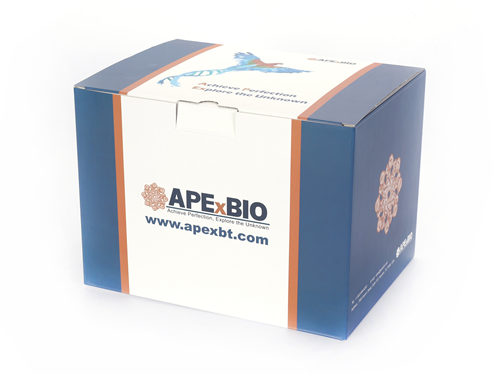Recombinant Mouse Noggin, Tag Free
Noggin is a secreted homodimeric glycoprotein that is an antagonist of bone morphogenetic proteins (BMPs) [1, 2]. Secreted Noggin probably remains close to the cell surface due to its binding ofheparin-containing proteoglycans [3]. Noggin is very highly conserved among vertebrates, such that mature mouse Noggin shares 99%, 100%, 98%, 97% and 87% aa sequence identity with human, rat, bovine, equine and chicken Noggin, respectively. Noggin binds some BMPs such as BMP-4 with high affinity and others such as BMP-7 with lower affinity. It antagonizes BMP bioactivities by blocking epitopes on BMPs that are needed for binding to both type I and type II receptors [2, 4]. During embryogenesis, Noggin antagonizes specific BMPs at defined times, for example, during neural tube, somite and cardiomyocyte growth and patterning [5-7]. During skeletal development, Noggin prevents chondrocyte hyperplasia, thus allowing proper formation of joints [4]. Mutations within the cysteine-knot region of human Noggin are linked to multiple types of skeletal dysplasias that result in apical joint fusions [8]. Noggin is expressed in defined areas of the adult central nervous system and peripheral tissues such as lung, skeletal muscle and skin [1]. During culture of human embryonic stem cells (hESC) or neural stem cells under certain conditions, addition of Noggin to antagonize BMP activity may allow stem cells to proliferate while maintaining their undifferentiated state, or alternatively, to differentiate into dopaminergic neurons [6, 9-13].
Reference
[1]. Valenzuela, D.M. et al. (1995) J. Neurosci. 15:6077.
[2]. Groppe, J. et al. (2002) Nature 420:636.
[3]. Paine-Saunders, S et al. (2002) J. Biol. Chem. 277:2089.
[4]. Brunet, L. J. et al. (1998) Science 280:1455.
[5]. McMahon, J. A. et al. (1998) Genes Dev. 12:1438.
[6]. Itsykson, P. et al. (2005) Mol. Cell. Neurosci. 30:24.
[7]. Yuasa, S. et al. (2005) Nat. Biotechnol. 23:607.
[8]. Gong, Y. et al. (1999) Nat. Genet. 21:302.
[9]. Xu, R.-H. et al. (2005) Nat. Methods 2:185.
[10]. Wang, G. et al. (2005) Biochem. Biophys. Res. Commun. 330:934.
[11]. Chaturvedi, G. et al. (2009) Cell Prolif. 42:425.
[12]. Chiba, S. et al. (2008) Stem Cells 26:2810.
|
Accession # |
P97466 |
|
Alternate Names |
NOG; Noggin; SYM1; symphalangism 1 (proximal); synostoses (multiple) syndrome 1; SYNS1; SYNS1A |
|
Source |
Human embryonic kidney cell, HEK293-derived mouse Noggin protein |
|
Protein sequence |
Leu20-Cys232 |
|
M.Wt |
23.1 kDa |
|
Appearance |
Solution protein |
|
Stability & Storage |
Use a manual defrost freezer and avoid repeated freeze-thaw cycles. 3 years from date of receipt, -20 to -70°C as supplied. |
|
Concentration |
0. 2 mg/mL |
|
Formulation |
Dissolved in sterile PBS buffer. |
|
Reconstitution |
We recommend that this vial be briefly centrifuged prior to opening to bring the contents to the bottom. This solution can be diluted into other aqueous buffers. |
|
Biological Activity |
TThe EC50 for this effect is 12-20 ng/mL in the presence of 50 ng/mL of Recombinant Human BMP-4. Measured by its ability to inhibit BMP-4-induced alkaline phosphatase production by ATDC5 mouse chondrogenic cells. |
|
Shipping Condition |
Shipping with dry ice. |
|
Handling |
Centrifuge the vial prior to opening. |
|
Usage |
For Research Use Only! Not to be used in humans. |
Quality Control & DataSheet
- View current batch:
-
Purity > 95%, determined by SDS-PAGE.
- Datasheet
Endotoxin: <0.010 EU per 1 ug of the protein by the LAL method.








